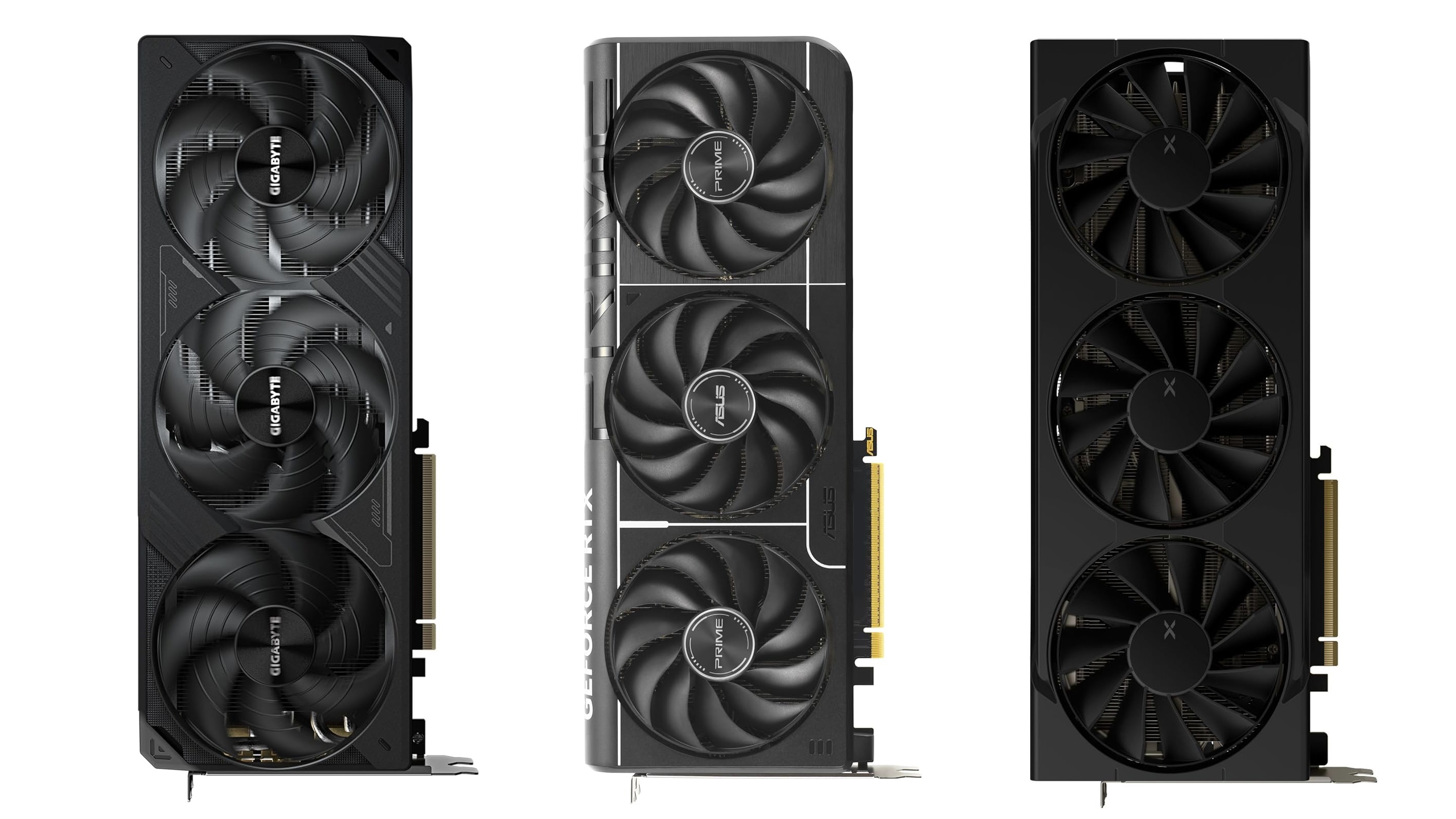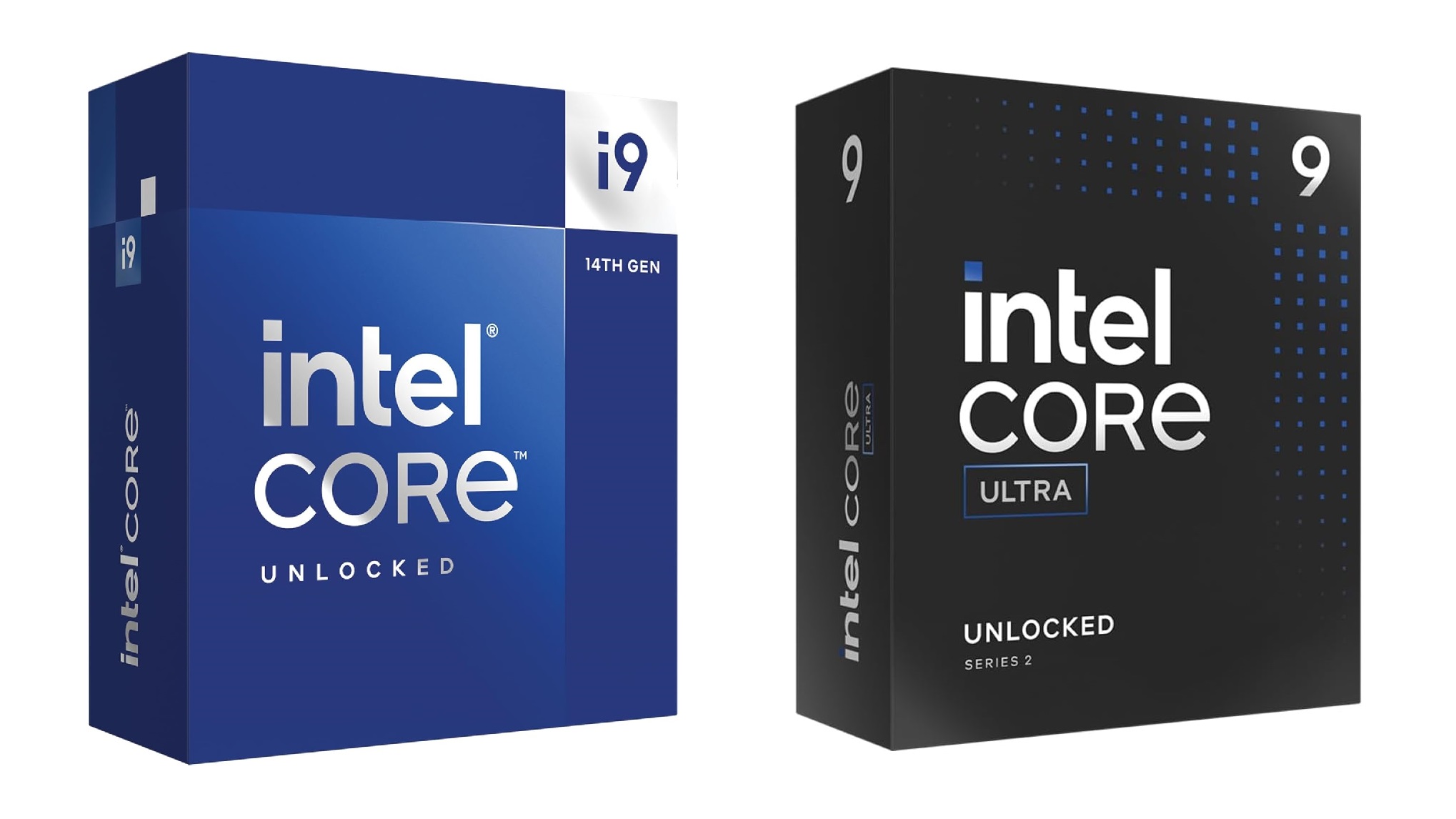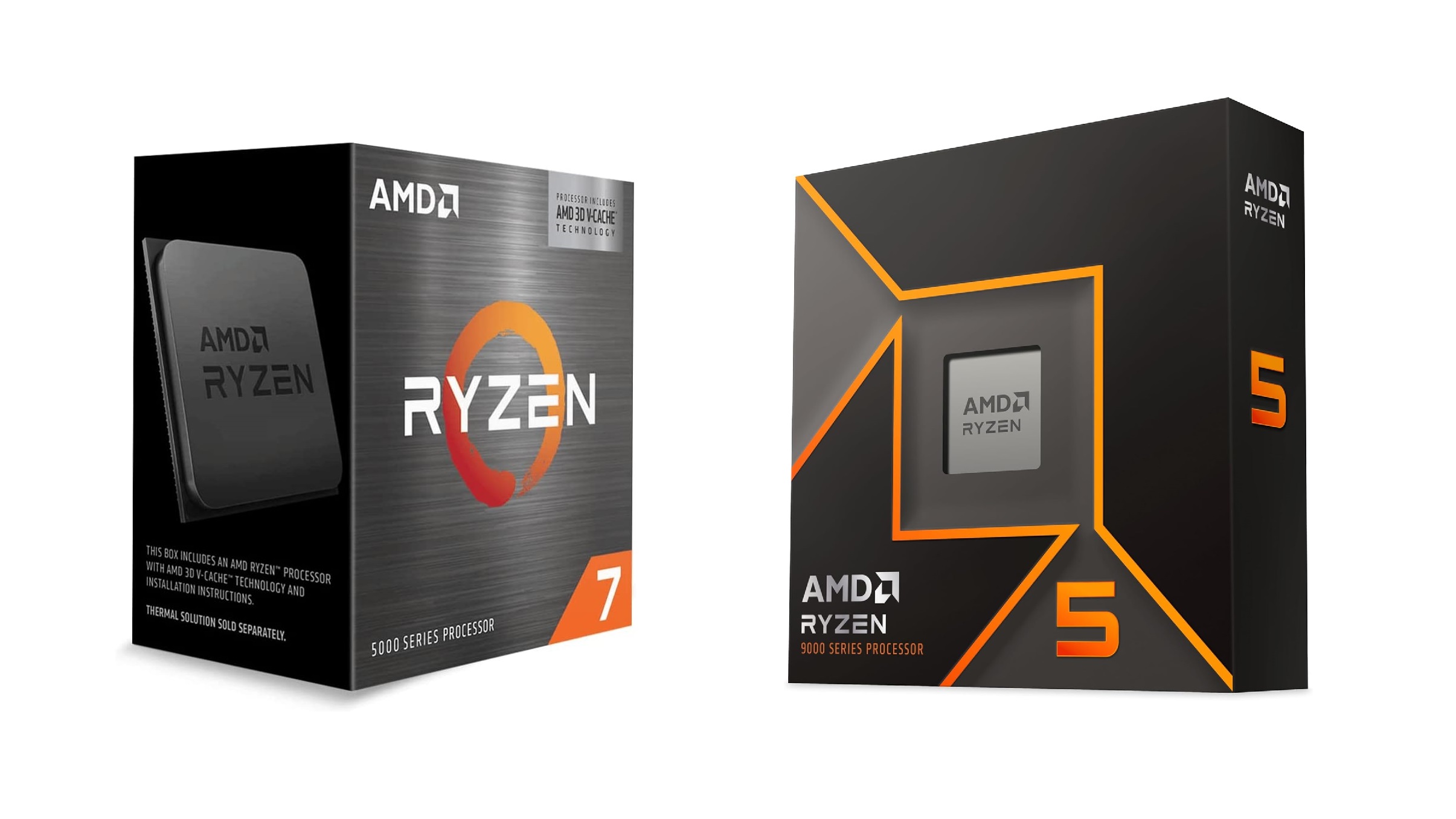Choosing a CPU cooler can be tricky; learn how to do it with key considerations such as socket compatibility, case clearance, etc.
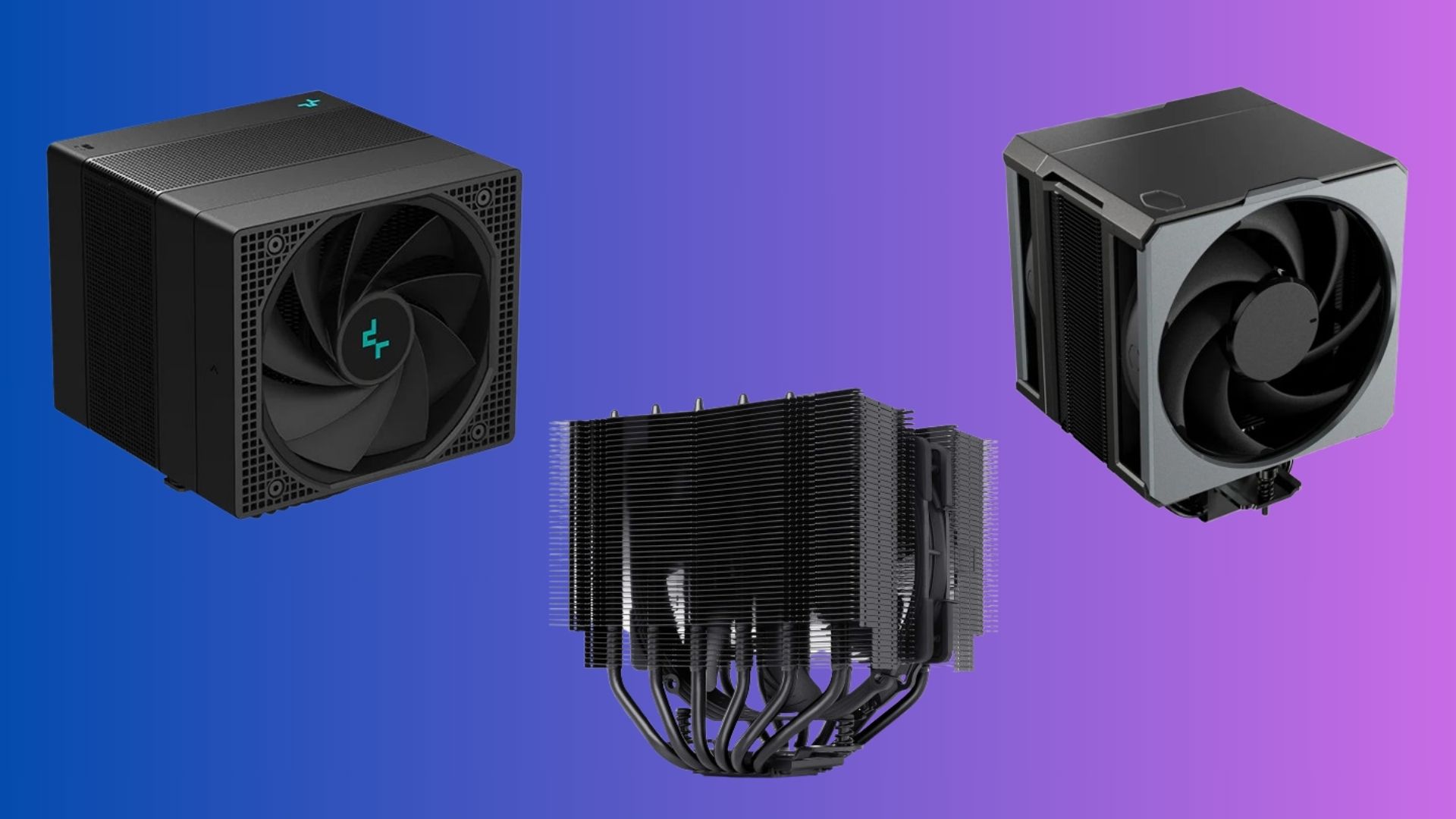
CPUs have evolved drastically in recent times, and their process nodes have shrunk significantly, resulting in the transistor count within them becoming even denser. Even a budget CPU such as a Core i5 13400F can overheat with the Intel cooler supplied in its box. People tend to skip buying good CPU coolers for their processors and instead rely on the ones provided.
Although technically CPU manufacturers provide a cooler that will get the job done, they do so under their testing methodology with a specific ambient temperature and a specific workload that yields the best results. Now, many people work from home and have roles requiring fast CPUs.
As mentioned, keeping CPUs cool can be quite challenging due to the increased transistor counts. A good cooling solution, when installed, will maintain a lower temperature, fit nicely within your budget, and keep the noise level tolerable. Before purchasing a CPU cooler, consider the following advice to make the best choice for your needs.
Compatibility Considerations Before Choosing a CPU Cooler
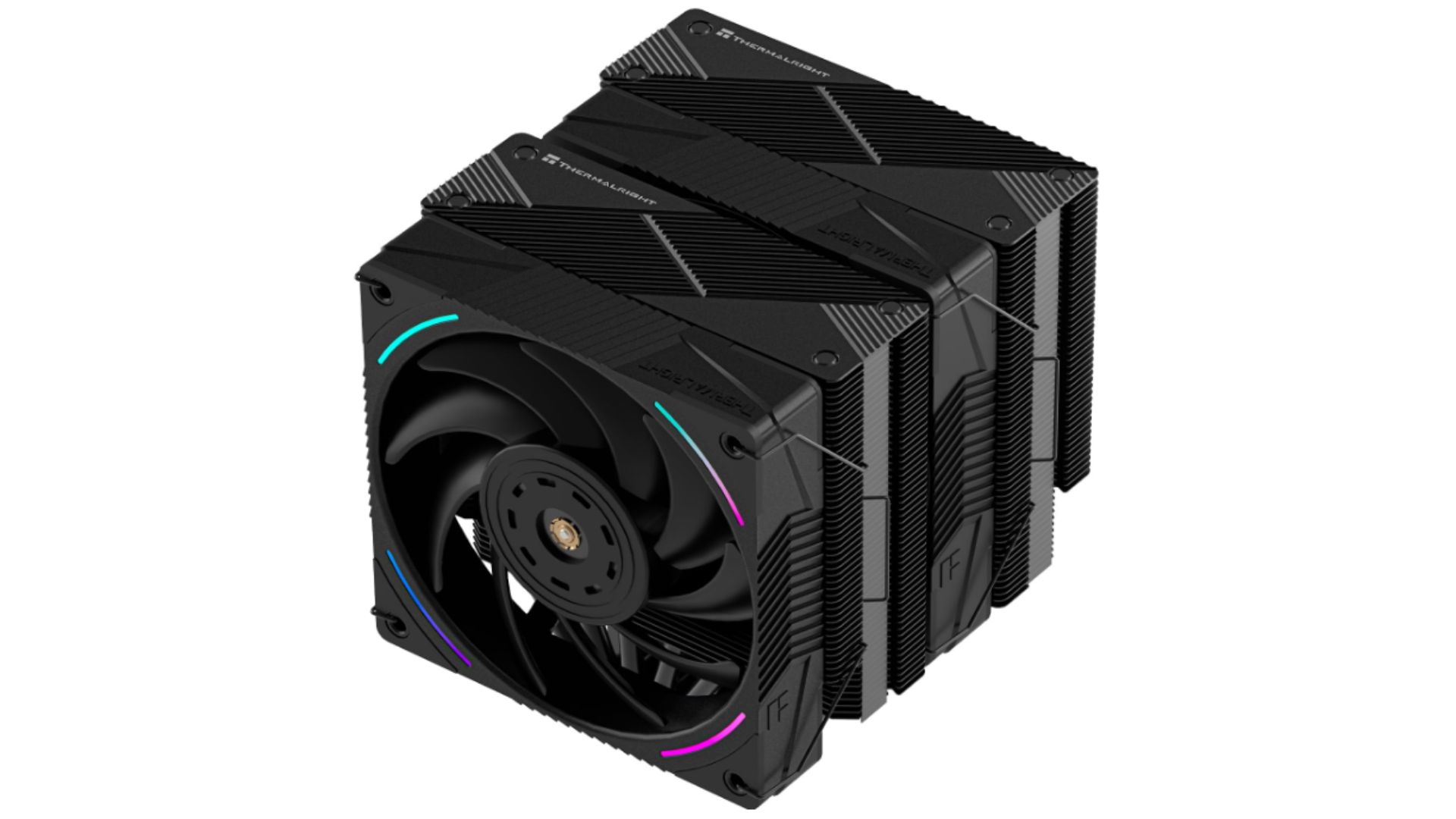
Ensuring that your cooler is compatible with your system is the first and most critical step in the selection process. Installing an incompatible one will damage your motherboard, and the RMA process will be rejected due to tampering. Here is how you can understand how a cooler would be a good fit.
Socket Compatibility
- Match your cooler to your CPU socket type (e.g., Intel LGA1700 for 12th-14th Gen, AMD AM4 for Ryzen 5000, AM5 for Ryzen 7000+)
- Check manufacturer websites for compatibility lists and look for additional mounting hardware options.
- If you plan to upgrade later, look for coolers with mounting hardware for multiple socket types.
- Verify if your cooler manufacturer offers updated mounting hardware for newer sockets. Noctua, NZXT, and Corsair do this.
Physical Size and Case Clearance
- Measure the maximum CPU cooler height your case supports and compare it to the cooler dimensions.
- For air coolers, ensure that there is enough clearance between the cooler and your case’s side panel.
- Verify that your case supports the radiator size (120mm, 240mm, 280mm, 360mm, etc.) for liquid cooling.
- Potential clearance issues with other components, like tall RAM modules or VRM heatsinks, should be considered. Reviewing reviews of the product of your choice will help in this regard.
Air vs. Liquid Cooling
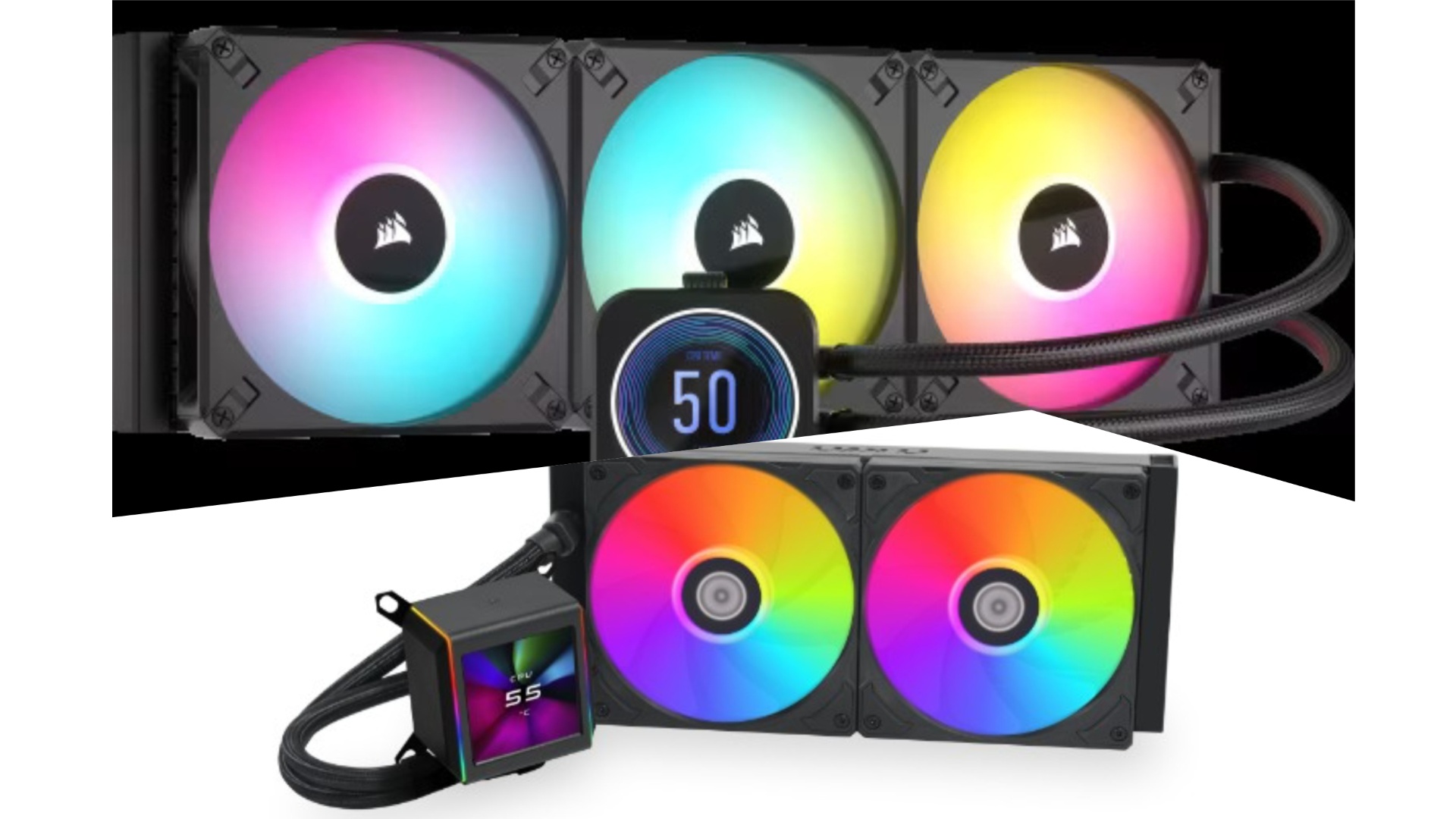
Both cooling methods have advantages and drawbacks that better suit your specific needs.
Air Cooling Benefits
- More affordable than liquid cooling solutions.
- A more straightforward installation process is typically ideal for beginners.
- Requires less maintenance over time.
- Generally more reliable with fewer potential points of failure.
Liquid Cooling Benefits
- Offers superior cooling performance (2-10 times more effective than air cooling).
- Often quieter at the same performance level.
- Better option for overclocking high-performance CPUs.
- It can provide cleaner aesthetics in some builds.
Liquid Cooling Drawbacks
- Higher cost, especially for quality AIOs or custom loops
- Complicated installation process.
- Risk of leaks. Though rare with modern AIOs, there remains a chance.
- Requires more maintenance, particularly with custom loops. Traditional AIOs require fans to be cleaned regularly.
Cooling Performance Requirements
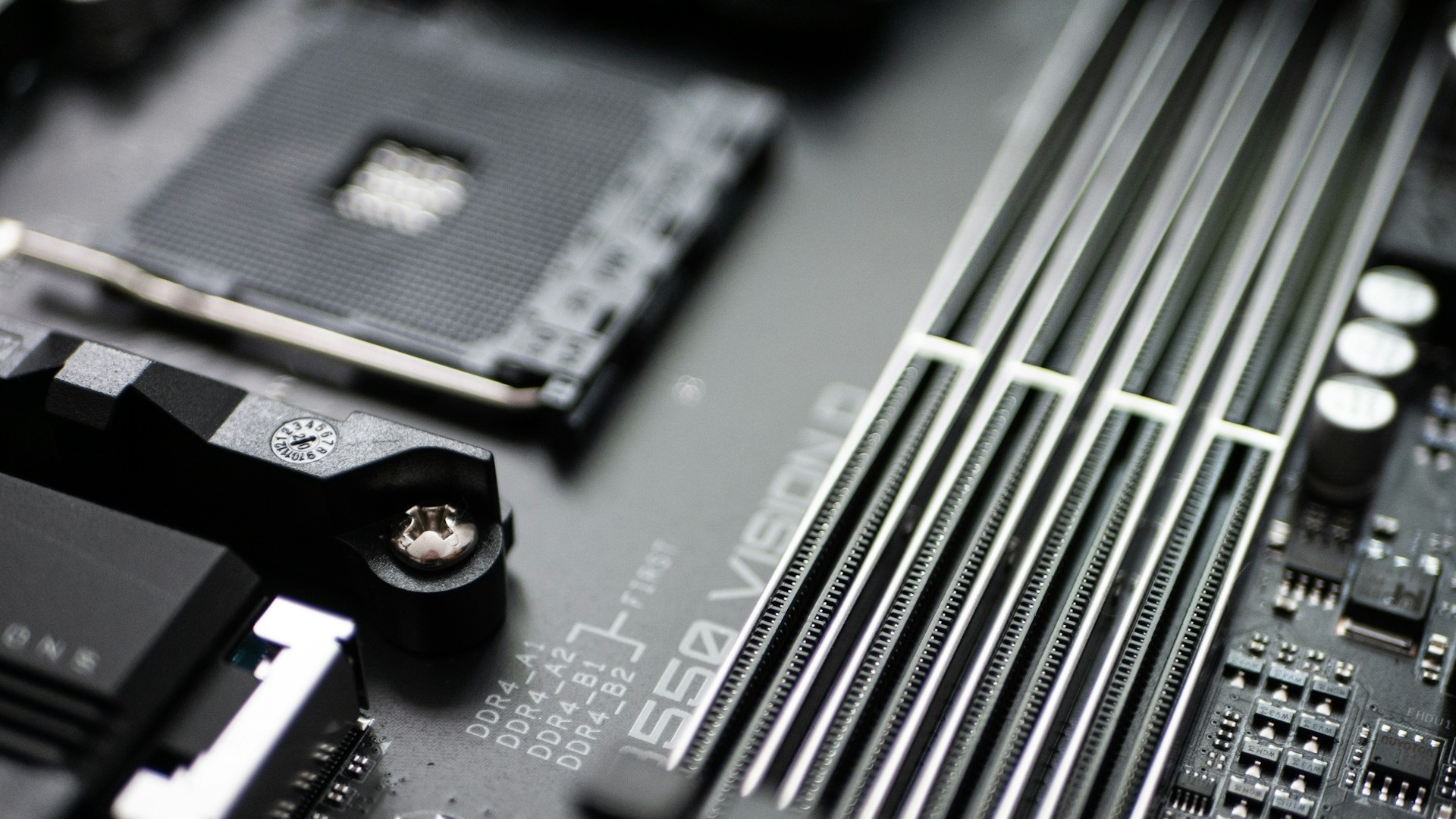
Match your cooler’s capabilities to your processor’s needs to ensure efficient cooling.
TDP (Thermal Design Power) Considerations
- Ensure you pick a cooler that has enough TDP headroom to tackle your CPU’s PL2 state.
- Remember, higher TDP coolers typically allow fans to run at lower speeds while still cooling effectively. You can either keep them silent or run them at full blast; it’s up to you.
CPU Type and Usage Patterns
- Match cooler performance to your specific CPU model and workload.
- High-end CPUs (Intel Core i9, AMD Ryzen 9) typically require more robust cooling solutions.
- Consider your usage – gaming, content creation, and overclocking demand better cooling.
- For stock speeds on mid-range CPUs, mid-tier coolers often provide adequate performance.
Noise Considerations
Balance cooling performance with acceptable noise levels for your environment.
Noise Level Metrics
- CPU cooler noise is measured in A-weighted decibels (dBA or dB(A)).
- 15-30 dBA is generally recommended as a comfortable noise level.
- Higher fan speeds generate more noise but provide better cooling performance than air coolers.
- Liquid coolers often allow a better noise-to-performance ratio at high loads.
Noise Reduction Strategies
- Choose coolers with larger heatsinks/radiators to achieve the same cooling at lower fan speeds.
- Look for fans with fluid dynamic bearings for quieter operation.
- Consider coolers with customizable fan curves to balance noise and performance.
- Multiple slower fans often generate less noise than fewer fast-spinning fans.
- Look at reviews of your cooler of choice online, and choose ones with the most dense radiator design.
Budget Considerations
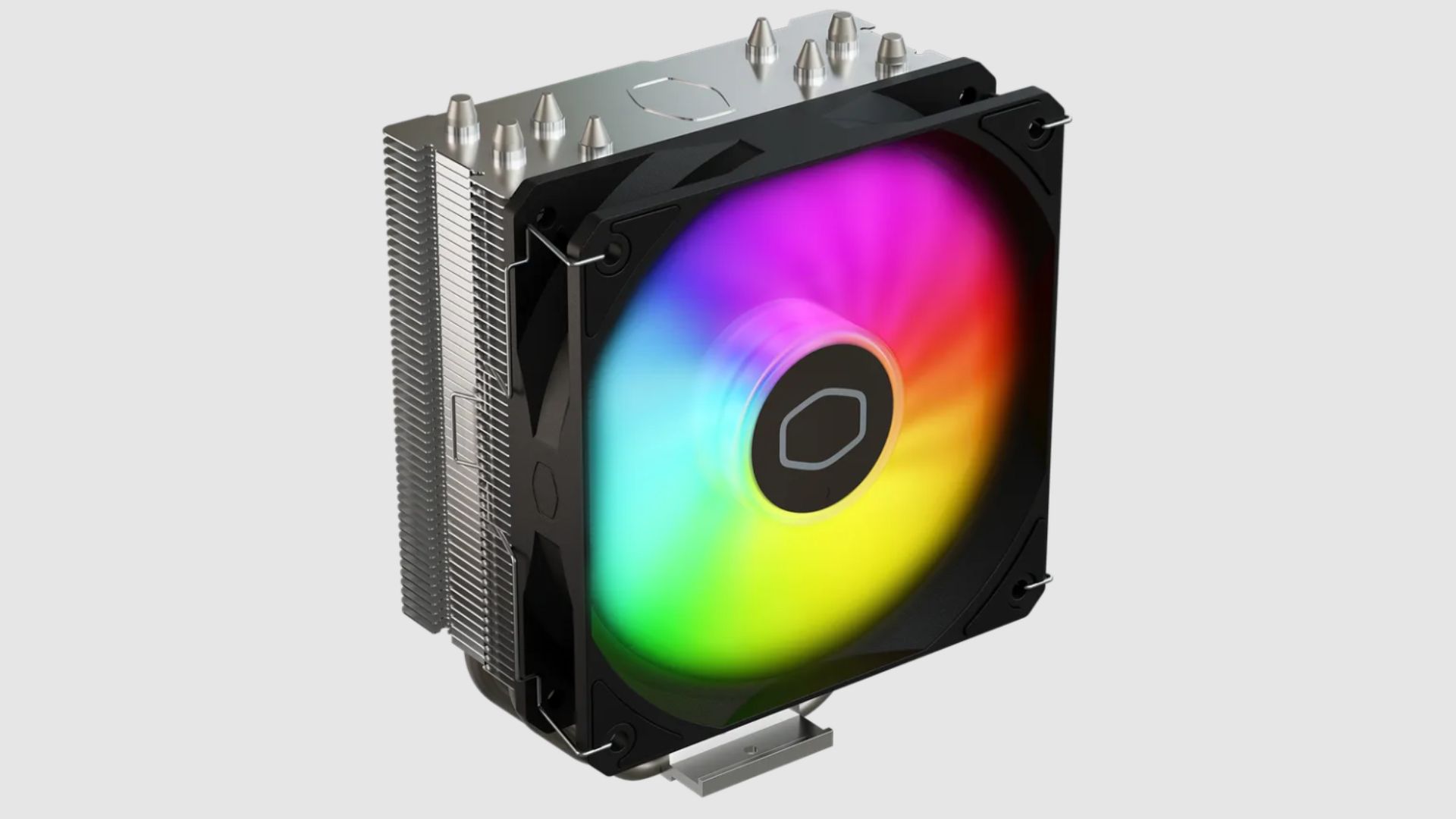
Find the right balance between performance and cost for your specific needs.
Price Ranges
- Budget air coolers ($20-40): Suitable for stock speeds on lower-power CPUs
- Mid-range air coolers ($40-80): Good balance for most mainstream CPUs
- High-end air coolers ($80-120): Comparable performance to entry-level AIOs
- AIO liquid coolers ($80-200+): Higher cost but better performance for high-end CPUs
Value Assessment
- Consider the performance-to-price ratio rather than just the absolute price.
- Factor in noise levels when assessing value – quieter operation may be worth the premium.
- Remember that overspending on cooling won’t improve performance beyond a certain point unless your CPU is de-lidded.
- Consider keeping an extra budget for additional fans if needed for optimal airflow.
Installation Considerations
The installation process varies by cooler type and might influence your decision.
Air Cooler Installation
- The installation procedure is less complicated than that of liquid coolers.
- May require motherboard removal if your case lacks a CPU cutout.
- Consider the weight distribution on the motherboard with larger air coolers.
- Some installation methods include push-pin mounting or mounting over default AMD hooks or lugs.
Liquid Cooler Installation
- More complex installation with radiator, pump, and fan positioning to consider.
- Requires planning radiator placement (front, top, or rear of case).
- Consider fan orientation (push, pull, or push-pull configuration).
- Liquid cooling may require more space management inside your case.
Aesthetics and Additional Features
For many builders, looks matter almost as much as performance.
Visual Considerations
- Decide if RGB lighting is essential for your build aesthetic.
- Air coolers tend to be more visually bulky than AIOs.
- Many AIOs now include customizable LCDs on the pump head.
- Consider how the cooler’s visual style matches your overall build theme.
Additional Features
- Fan control software compatibility for custom cooling profiles.
- Anti-vibration mounting to reduce noise. You can manually do this too.
- Zero RPM mode for complete silence under light loads.
- Some specialized designs offer supplemental cooling for VRMs or RAM. Arctic and Asus have AIO models that do this.
- Although rare, look for air coolers with vapor chambers and liquid coolers with pumps such as Asetek. Cooler Master had a vapor chamber CPU cooler, and there are rumors that they will relaunch it.
Wrapping it all up, a correct CPU cooler for your system will be a game-changer. Not only will your CPU be able to fully stretch its wings, but you will also be secured from mishaps like BSOD (Blue Screen of Death) or even your hardware dying on you while working. So, carefully evaluate your CPU’s needs, technical specifications, turbo boost mechanism, and power states (TDP). Doing so will help you greatly and keep you safe in the long run.
Looking For More Related to Tech?
We provide the latest news and “How To’s” for Tech content. Meanwhile, you can check out the following articles related to PC GPUs, CPU and GPU comparisons, mobile phones, and more:
- 5 Best Air Coolers for CPUs in 2025
- ASUS TUF Gaming F16 Release Date, Specifications, Price, and More
- iPhone 16e vs iPhone SE (3rd Gen): Which One To Buy in 2025?
- Powerbeats Pro 2 vs AirPods Pro 2: Which One To Get in 2025
- RTX 5070 Ti vs. RTX 4070 Super: Specs, Price and More Compared
- Windows 11: How To Disable Lock Screen Widgets
 Reddit
Reddit
 Email
Email
